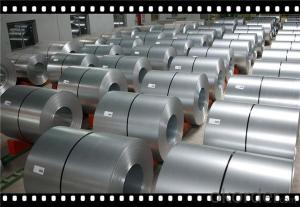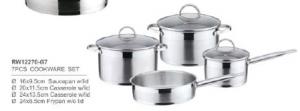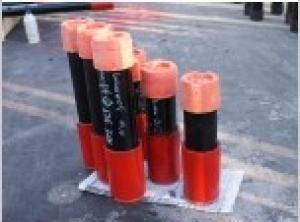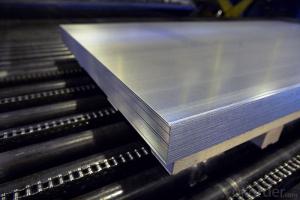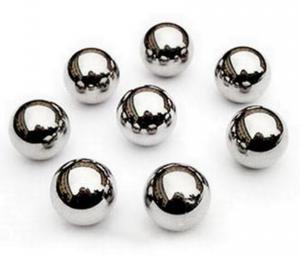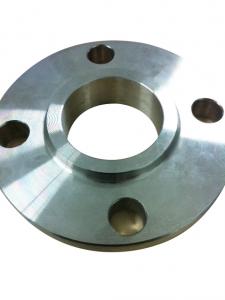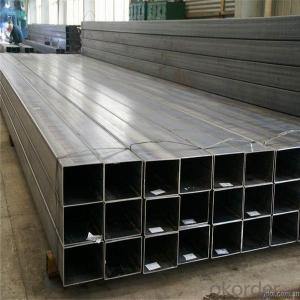304 Stainless Steel Tubing
304 Stainless Steel Tubing Related Searches
Best Paint For Stainless Steel Blanket Insulation For Steel Buildings Primer For Galvanized Steel Foam Filter For Stainless Steel H S Code For Stainless Steel Surface Grinding Wheels For Stainless Steel Surface Grinding Wheels For Hardened Steel Hole Saw For Stainless Steel Paint For Stainless Steel Stainless Steel For BbqHot Searches
Steel Mesh Panels For Sale Price For Stainless Steel Scrap Scrap Price For Stainless Steel Price For Stainless Steel Stainless Steel Tank For Sale Stainless Steel Sheets For Sale Cheap High Tea Sets For Sale Stainless Steel Tanks For Sale Stainless Steel For Sale High Density Fiberboard For Sale Solar Hot Water Collectors For Sale Scaffolding For Sale In Uae Scaffolding For Sale In Ireland Scaffolding For Sale In Houston Type Of Inverter For Solar Price Of Shipping Containers For Sale Types Of Inverter For Solar Stock Price For Aluminum Used Solar Inverter For Sale Steel Mesh Panels For Sale304 Stainless Steel Tubing Supplier & Manufacturer from China
Okorder.com is a professional 304 Stainless Steel Tubing supplier & manufacturer, offers integrated one-stop services including real-time quoting and online cargo tracking. We are funded by CNBM Group, a Fortune 500 enterprise and the largest 304 Stainless Steel Tubing firm in China.Hot Products
FAQ
- Indeed, chemical storage tanks can indeed be constructed using stainless steel sheets. Stainless steel is renowned for its exceptional resistance to corrosion and its remarkable durability, rendering it an ideal choice for the storage of various chemicals. It possesses the ability to withstand the corrosive effects of numerous substances, including acids, alkalis, and solvents, which are commonly stored in such tanks. Moreover, stainless steel sheets possess a high strength-to-weight ratio, enabling the construction of tanks capable of withstanding the immense pressure and weight of the chemicals. Furthermore, stainless steel is effortless to clean and maintain, making it a highly sanitary option for chemical storage. All in all, stainless steel sheets are a dependable and appropriate material for chemical storage tanks.
- Yes, stainless steel sheets can be used in construction projects. They are commonly used for various applications in construction due to their durability, corrosion resistance, and aesthetic appeal. Stainless steel sheets are often used for roofing, cladding, structural components, and decorative purposes in buildings and infrastructure projects.
- One common method to prevent crevice corrosion in stainless steel sheets is by ensuring proper sealing and avoiding the formation of stagnant crevices. This can be achieved by using gaskets or sealants to seal any gaps or joints where moisture can accumulate. Additionally, regular cleaning and maintenance to remove any deposits or contaminants that could promote corrosion is essential. Using stainless steel with higher alloy content or corrosion-resistant coatings can also provide added protection against crevice corrosion.
- Yes, stainless steel sheets can be used for decorative wall panels. Stainless steel is a versatile material that can be easily shaped and manipulated to create various designs and patterns. It is known for its sleek and modern appearance, making it a popular choice for contemporary and industrial-style interiors. Stainless steel sheets are available in different finishes, such as brushed, mirrored, or textured, allowing for further customization and adding visual interest to the wall panels. Additionally, stainless steel is resistant to corrosion, durable, and easy to clean, making it suitable for high-traffic areas or environments prone to moisture or humidity. Overall, stainless steel sheets can provide a stylish and functional solution for decorative wall panels.
- The water resistance of stainless steel sheets may vary depending on the grade and finish of the stainless steel. In general, stainless steel exhibits excellent resistance to water, making it suitable for a variety of wet and humid environments. The chromium content in stainless steel gives it inherent corrosion resistance, resulting in the formation of a protective oxide layer on the steel surface. This oxide layer acts as a barrier, preventing water and other corrosive substances from reaching the underlying metal. However, the water resistance can be further enhanced by selecting stainless steel grades with higher corrosion resistance, such as 316 or 904L. Moreover, the water resistance of stainless steel sheets can also be influenced by their surface finish. Smooth and polished finishes tend to offer better water resistance compared to rougher finishes, as they provide fewer crevices for water accumulation, which could potentially lead to corrosion. In summary, stainless steel sheets provide excellent water resistance and find extensive use in marine environments, food processing facilities, and outdoor architectural structures.
- Stainless steel sheets are well-suited for corrosive environments, given their corrosion resistance properties. They are an excellent choice for situations where moisture, chemicals, or other corrosive substances are present. This can be attributed to the inclusion of chromium in stainless steel, which creates a protective layer that prevents rusting or corrosion. Moreover, stainless steel sheets come in various grades, like 304 and 316, offering different degrees of corrosion resistance. Consequently, stainless steel sheets are widely employed in vital industries such as chemical processing, marine settings, food and beverage production, and pharmaceuticals, where safeguarding against corrosion is of utmost importance.
- To effectively eliminate adhesive residue from stainless steel sheets, the following steps can be followed: 1. Commence by delicately scraping off as much of the residue as possible using a plastic scraper or your fingernail. Exercise caution to avoid scratching the stainless steel surface. 2. Subsequently, moisten a soft cloth with warm water and a mild detergent or dish soap. Employ gentle circular motions to scrub the adhesive residue. Refrain from using abrasive cleaners or scrub brushes as they have the potential to harm the stainless steel finish. 3. If the adhesive residue persists, consider utilizing a non-abrasive cleaner specifically designed for stainless steel. Apply a small quantity of the cleaner to a soft cloth and gently rub the residue until it detaches. 4. In the case of tenacious adhesive residue, a paste can be concocted by combining baking soda and water. Apply the paste to the affected area and allow it to sit for a few minutes. Subsequently, utilize a soft cloth to gently scrub the residue in circular motions. 5. Thoroughly rinse the stainless steel sheet with warm water to eliminate any remaining residue or cleaner. 6. Finally, employ a clean, soft cloth to dry the surface, thereby preventing water spots and streaks. It is important to always test any cleaning method or product on a small, inconspicuous area of the stainless steel sheet prior to applying it to the entire surface. This precautionary measure ensures that no damage or discoloration occurs.
- There are numerous options when it comes to stainless steel sheet surface finishes, each with its own distinct qualities and uses. Some of the most commonly used types are as follows: 1. No. 1 Finish, also known as hot rolled annealed and pickled (HRAP), is the most basic and frequently employed finish. It has a rough, lackluster appearance with visible grain lines. This finish is typically utilized in industrial applications where aesthetics are not of primary importance. 2. No. 2B Finish is achieved through cold rolling, heat treating, and pickling the stainless steel. It boasts a smooth, reflective surface with a moderate gloss. This finish is often chosen for applications requiring a clean, uniform appearance, such as kitchen appliances and architectural components. 3. No. 3 Finish is obtained by employing progressively finer abrasives during the polishing process. It offers a semi-polished, satin-like appearance with visible grain lines. This finish is commonly employed for decorative applications like furniture, signage, and automotive trim. 4. No. 4 Finish resembles No. 3, but with a finer grain and higher gloss. It is achieved by utilizing even finer abrasives during the polishing process. This finish finds common use in architectural and decorative applications that necessitate a high-quality, mirror-like finish. 5. No. 8 Finish, also referred to as a mirror finish, is the finest-quality stainless steel sheet surface finish available. It is accomplished by polishing the stainless steel to a highly reflective, mirror-like appearance. This finish is frequently employed in high-end architectural and decorative applications where a flawless, premium finish is desired. In addition to these primary finishes, there are specialized finishes available for specific applications. For instance, a brushed finish creates a textured, brushed appearance by using abrasive belts or brushes against the stainless steel surface. Moreover, there are colored finishes that involve applying a thin layer of color to the stainless steel surface, resulting in a unique and captivating appearance. Ultimately, the choice of stainless steel sheet surface finish depends on the specific application and desired aesthetics, ranging from basic industrial finishes to high-end decorative finishes.
















